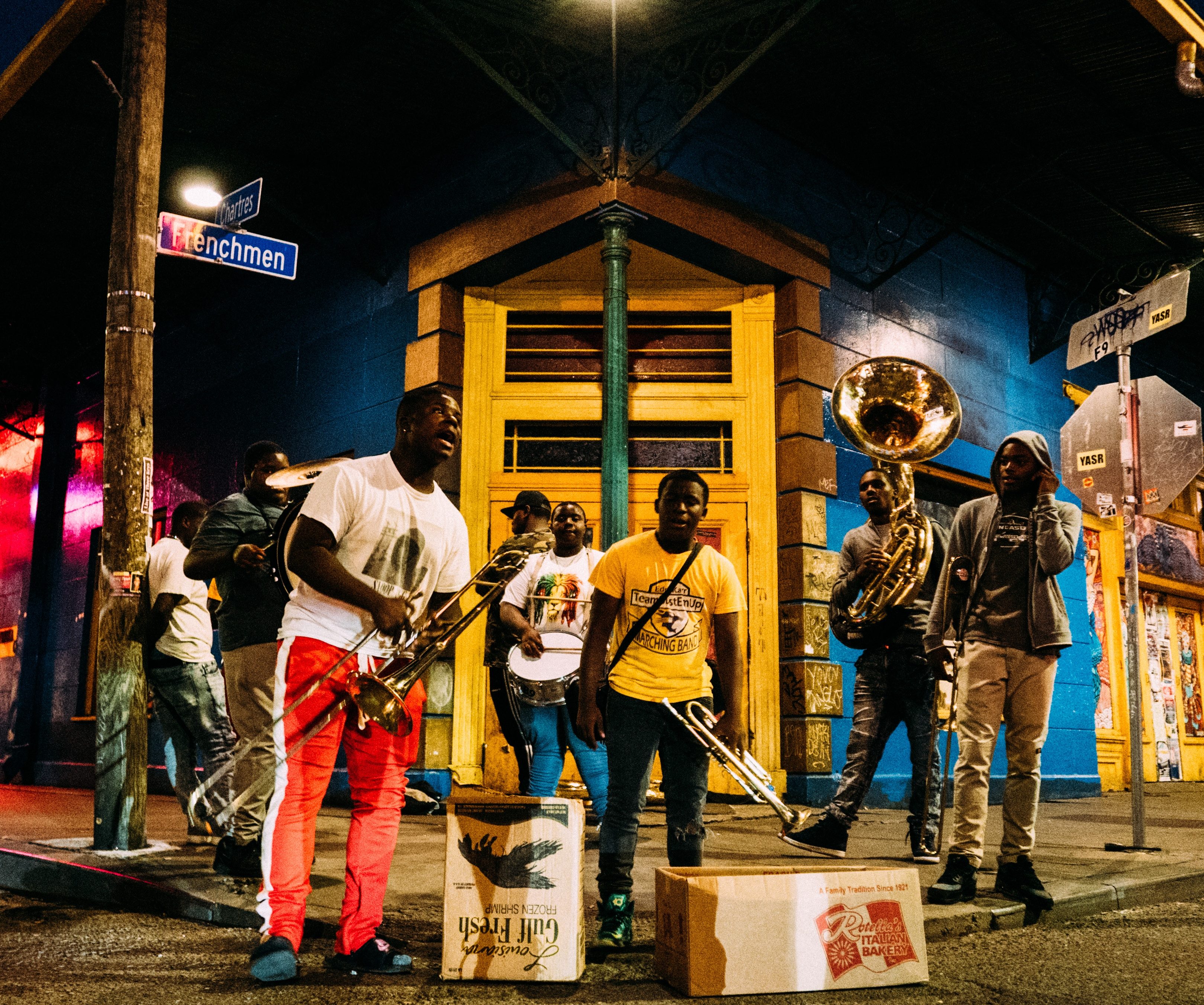We talked previously about the Citi report, and some of what’s behind the now oft-quoted soundbite that only “12% of music revenues go to artists, and most of it comes from touring.” It’s not all bad news for artists though, even if you take the headline at surface level.
Even by Citibank’s methodology, the share of artist revenue is on the rise, and has been for a while.
Yes, 12% of the music industry revenue going to artists is much smaller than it should be. But if you look at Citibank’s methodology for determining this number over time, artists’ percentage of the music industry has steadily risen since the creation of the internet. It was only 7% in 2000, compared to the 12% it is today. More importantly, the music industry as a whole tied an all-time high that it set back in 2006, meaning an even bigger pie for all: 12% of a growing industry >>> 12% of a stagnant or shrinking industry. Check out the below infographic from their report:

The MMA (Music Modernization Act) is likely on the way.
With an upcoming Senate vote in September (followed by President approval if it passes), the MMA has solid bipartisan support. Despite some opposition (currently SiriusXM), it will most likely become law. Here are some of the major features of the MMA:
- Creates a publisher-run body that administers mechanical licensing of compositions to streaming services
- Changes the process of how music is made available to streaming services
- Funds the creation of a music database that all publishers and streaming companies must agree upon
Why would its passing by great for artists? In general, it means more money for artists and those involved in the creation process:
- Licensing and royalty rules/rates will finally be updated for the streaming era
- There will be new rights for producers, mixers and engineers to ensure payment for their services
- Currently unclaimed royalties will move from streaming services to the hands of the music community
Touring and festivals are on the rise.
One of the major points of the Citibank report is how artists are making more and more money from touring and festivals. Plenty has been written about how millennials and younger generations value experiences over material ownership, which helps explain the decrease in physical music sales and increase in streaming. But it also helps explain why touring and festivals have been on the rise, and likely will continue to be a major revenue source for artists. Many think there’s a bubble in the music festival industry at the moment that’s about to burst, due to the lack of uniqueness of performing artists across festivals and the large number of cancellations in the last couple of years (Sasquatch, Karoondinha, Lost Lakes, Sound on Sound, FYF, Pemberton, Apple Music Festival, Van’s Warped Tour, and the fraudulent Fyre and XO Festivals). We think the industry is still right-sizing itself, and good products will continue to do well and be supported. Plus, the good news for artists is artist-curated/owned festivals seem differentiated from each other as great products, and are on the rise. Examples of those include Justin Vernon and Aaron Dresener’s Eaux Claires, Hundred Waters’ FORM Arcosanti, Tyler, the Creator’s Camp Flog Gnaw, Chance the Rapper’s Magnificent Coloring Day, Wilco’s Solid Sound, The Roots Picnic, Jay-Z’s Made In America, J. Cole’s Dreamville Festival and Travis Scott’s upcoming Astroworld Festival.
Side note: look at all those hip hop artist festivals! Keep that same (entrepreneurial) energy.
We have just one last subject of the Citi report to discuss – come back to read up on Citi’s predictions for the future of the music industry.
